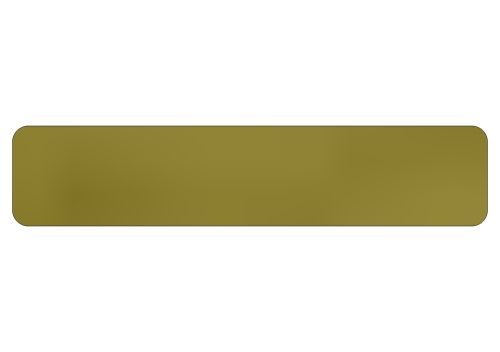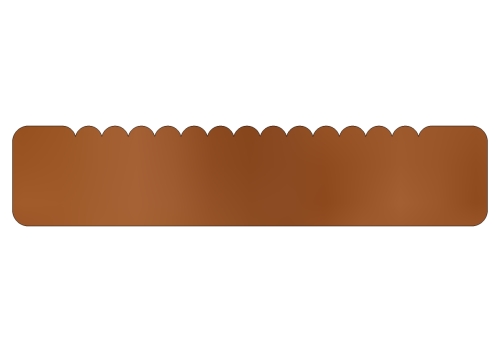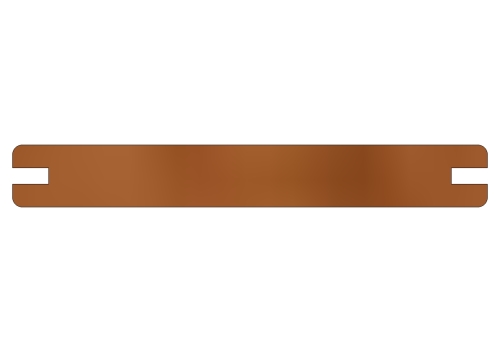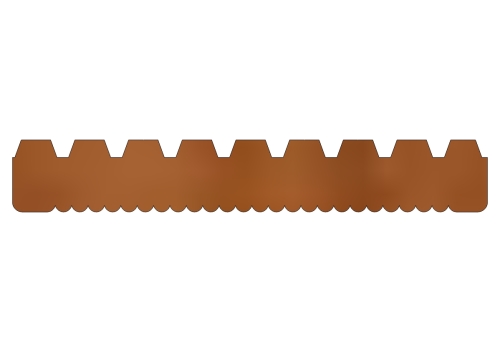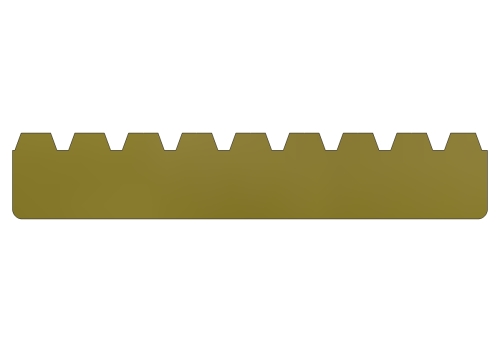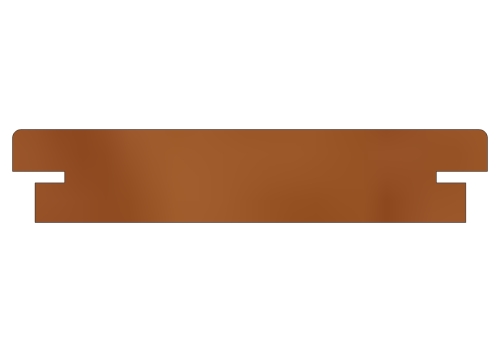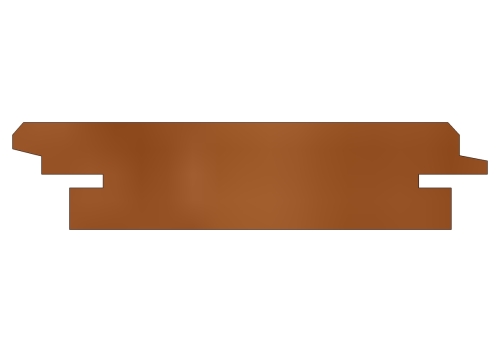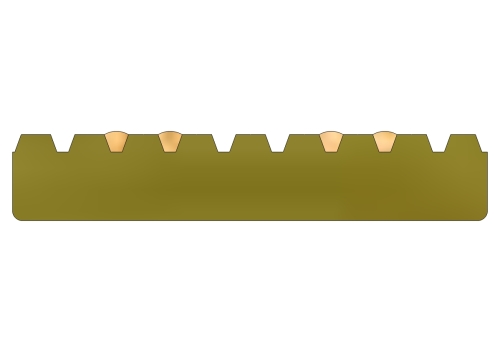Which Decking Profiles are best.
Decking profiles are available in many different patterns, smooth, ribbed, grooved, side clipped, wide, narrow, and thick and thin.
Timber deck boards are available in a range of sizes from 60mm to 160mm wide and from thicknesses from 19mm to 35mm as standard.
This decking information page is not to show one product better than another but simply to demonstrate the various profiles of deck available.
Always consult the manufacturer for the best practice of construction as they do vary, Or better to ask your specialist decking designer installer for the best practice of construction as they do vary. For commercial or raised platform installations it may be best to consult a specialist or Structural Engineer.
The length of the deck Eased board should not be important, why only select only single long lengths for your project – this is not a common practice for interior flooring. By narrowing your choice you will be faced with difficulty in finding a material that is available in your expected length, you will also add to the waste element.
Top tip “do ensure that you have a minimum of 3 joists supporting the short decking boards”.
S4S is the same as saying “smooth on all 4 sides” and E4E is the same as saying “eased on all four corners”.
PAR means “planed all-round” and means a small “radius” on the corners.
Comfort profile by GRAD Concept UK®
Accepted by specifiers are the best decking profile for natural timber such as Accoya, Kebony and Bamboo. There are no screws involved as this system uses clips to fix the decking from underneath to the substructure.
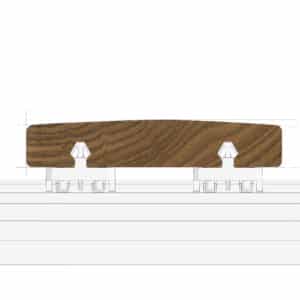
Smooth Decking S4S E4E or PAR Eased
Probably the most common decking profile, smooth 4 sides and eased on 4 corners. We refer to this decking profile as smooth decking.
Ribbed Decking
This decking is commonly known as Ribbed or Reeded; it has eased corners and should be smooth on the other side. This decking was designed so the reeded face is placed down; this helps facilitate the water drips away from the joist. The ribbed profile can be exceptionally slippery when wet and is difficult to maintain. This form is not advised by professional decking installers.
Smooth S4S E4E and PAR with side fixing groove.
Similar to standard smooth decking except for the addition of a rebated groove to the side of the board to accept a side fixing system. Be sure that this groove matches the height and depth profile of your fixing clip, there are many variables. If in doubt inform your timber supplier of your intended use or ask which fixing clip should be used.
Reversible Decking
Most call this decking board reversible because it’s Ribbed/Reeded on one side and grooved on the other with eased corners. You should only install this with the reeded side facing down and thus not a truly reversible board. This profile of decking is difficult to maintain due to the deep grooves. Due to the reduced surface area, grooved decking provides less physical traction than a smooth surface and should be avoided.
Grooved Decking
This is also known as a reversible decking board, smooth on one side and Grooved on the other, the number of grooves depend on the board width. You should in all instances install this decking profile Smooth side up and grooved side down.
Exterpark Classic
The very first side fixed decking profile, created in 1984, smooth finish and eased upper corners.
Exterpark Plus
Patented in 1992, the first and only invisible deck fixing clip system is available. This is often assumed as a T&G (Tongue and Groove) profile decking. The stainless steel clips act as a spacer of 4mm and allow the water to run off and air to circulate.
Grooved with Anti-Slip
This decking is available from many manufacturers with various patterns. Some of which have anti-slip strips added to the deck board to enhance the anti-slip properties. There are variants to this style of the board; falling over and using your hands as protection can lead to serious abrasions. Falling over on a smooth deck is much less likely to cause an abrasive injury.
Whichever decking profile you choose, make sure it’s for the right reason. Make sure your installer understands exactly how to install it.
Decking profile checklist
- The correct screws or side fixings for the chosen profile
- The correct runoff or fall ratio to water to shed efficiently
- Correct joist spacing and correct deck spacing between boards
- The correct decking oil treatment



